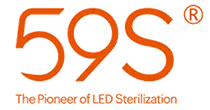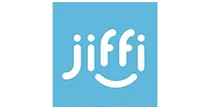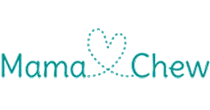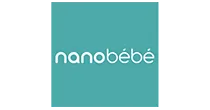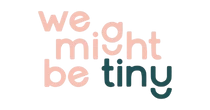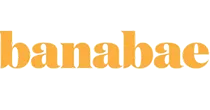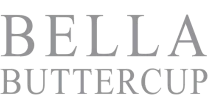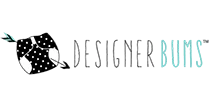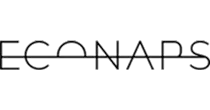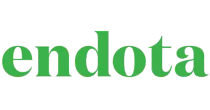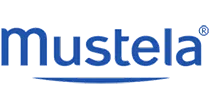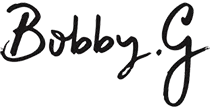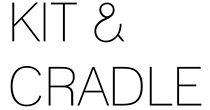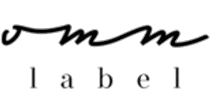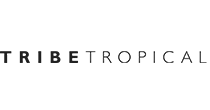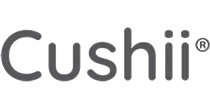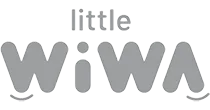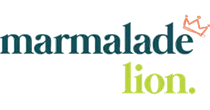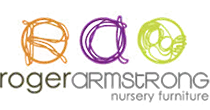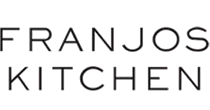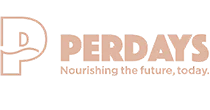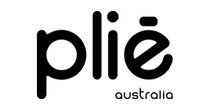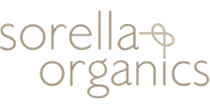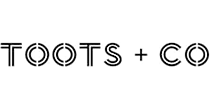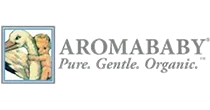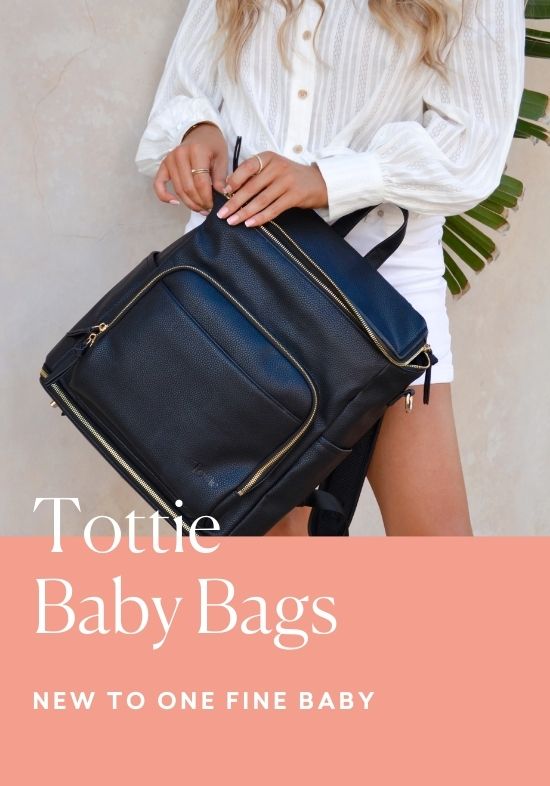What Is Baby Led Weaning?
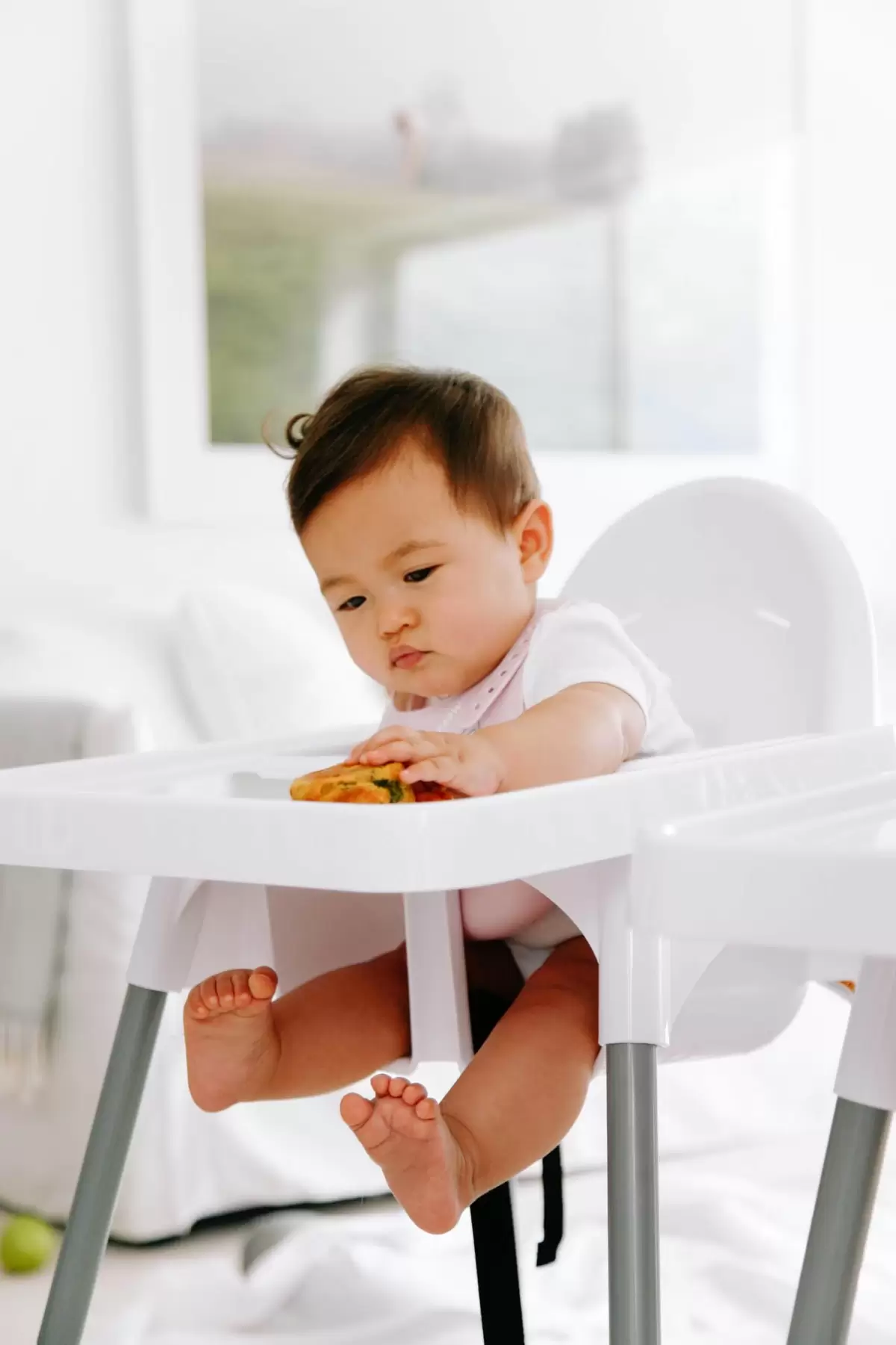
What is Baby Led Weaning?
When your baby needs more nutrients from food and is showing signs of interest, it's time to start introducing solids. This can be a very scary concept for a lot of parents mainly due to choking fears or allergies. One of the popular practices is Baby Led Weaning, and as with anything has some pros and cons.
Baby Led Weaning is as the title suggest, led by the baby. The baby chooses which foods to eat and practices it's chewing skills first. If they started with baby purees they would learn to swallow first. Ps. If you're looking for a great baby porridge recipe you can find one here.
Call in the Experts! So today we have asked Dietitian & Founder Olivia Bates from Nourishing Bubs about Baby Led Weaning. We find out all the answers to questions like how do I do Baby Led Weaning?
Which foods do I use when introducing solids for Baby Led Weaning?
Have a look at the video where Olivia Explains the BLW concept. You can see that steamed carrots, broccoli, cauliflowers and lamb chop are some of her favourites!
How do I do Baby Led Weaning?
Baby Led Weaning or BLW is a method of introducing solids by allowing baby to self-feed solids. This method provides an alternative to the more conventional option of introducing baby to solids by offering a range of foods in puree form which are then spoon feed by a parent or caregiver.
Whether starting solids using Baby Led Weaning or by spoon-feeding purees, the introduction of solids should begin in the 4-6 month window. This is usually when baby is showing signs of readiness for baby food.
How do I know when baby is ready for solids?
- Showing interest in food
- Head and neck control, ability to sit upright
- Reaches out for your food
- Opens mouth when you offer him/her food on a spoon
- Gradual disappearance of the tongue-thrust reflex and does not automatically push solids out of his/her mouth
Baby Led Weaning generally involves introducing solids to baby with a variety of different baby foods in finger-food portions. It has become increasingly popular in recent years due to the focus it places on baby’s independence. It is up to him/her to pick up and place food in their mouth. This method also allows baby to rely on their appetite cues to regulate the quantity which they take in. It also regulates the variety which they consume from the foods offered. This is thought to be particularly beneficial in preventing overfeeding which is considered a contributing factor in babies becoming overweight children who become overweight adults.
While strict followers of Baby Led Weaning may recommend avoiding purees altogether, many parents benefit from using a combination of both purees and Baby Led Weaning to transition onto solid foods. This means, while offering purees, fingers foods may still be placed on the high chair or table so baby can feel it, touch it, taste it and get familiar with foods in forms in which they are likely to be presented as part of the family meal.
Benefits of Baby Led Weaning
- Babies are naturally inquisitive and becoming more and more interested in the world around them. Introducing solids via Baby Led Weaning really does encourage this while also promoting development of their fine motor skills. Their hand – eye coordination also improves as they learn how to hold and handle different solid baby foods and textures
- It allows baby to regulate their appetite, as they do with breastfeeding. They cry when they are hungry and stop feeding when they have had enough. Caregivers may push past baby’s natural appetite cues when feeding baby purees as they encourage them to keep eating more
- Helps them gain confidence, as they receive an instant reward when the baby food makes it into their mouth.
- Can be included in family meal times and enjoy the same foods as everyone else.
Will my baby choke if I do Baby Led Weaning?
A fear of baby choking on pieces of baby food is a common concern which arises for parents who are introducing solids. However, the presence of a sensitive gag reflex, which sits closer to the surface of the mouth, acts to protect baby’s airway. It is important to note that gagging is a normal reflex for baby and is essential for them when learning to eat, chew and swallow.
Key Criticisms of Baby Led Weaning
- It is extra messy. While feeding baby in general is a particularly messy experience (time to let your OCD cleanliness go!), leaving the control in baby’s hands also opens you up to food been squashed, smooshed, mushed and thrown anywhere and everywhere. Ensuring there is a mealtime routine whereby baby is placed in a high chair with a bib and even a smock and a splashmat under the high chair, can help to contain the mess.
- Concerns re baby eating enough. Because of the playing with food which often goes hand in hand with Baby Led Weaning, it can be hard to monitor how much baby food is actually making it into baby’s mouth and thus how much energy it is actually providing. For baby’s where growth is a concern (eg. Pre-term babies, low birthweight babies) Baby Led Weaning is often not recommended. It is usually necessary to keep strict food intake diaries so the dietitian or paediatrician can determine whether any fortification is necessary to ensure baby is meeting their growth milestones.
Check out more resources on the Nourishing Bubs Blog.
Accredited Practising Dietitian & Founder, Nourishing Bubs
Find out more about introducing solids.
- Want some more information on introducing solids? Have a look here for our quick guide to starting solids.
- Here's a great baby food recipe to use when introducing solids.
- We talk here about what a mum needs to know about the foods they use to introduce solids to their baby.

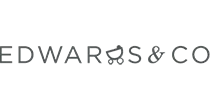
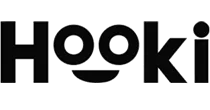
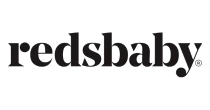
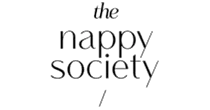
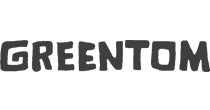
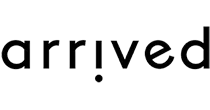
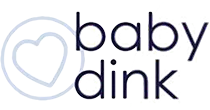
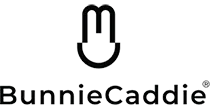

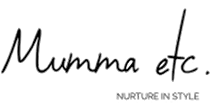
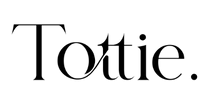
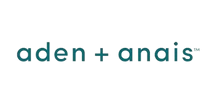
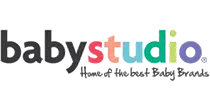
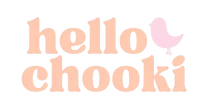
.png.webp)
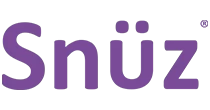
.png.webp)
